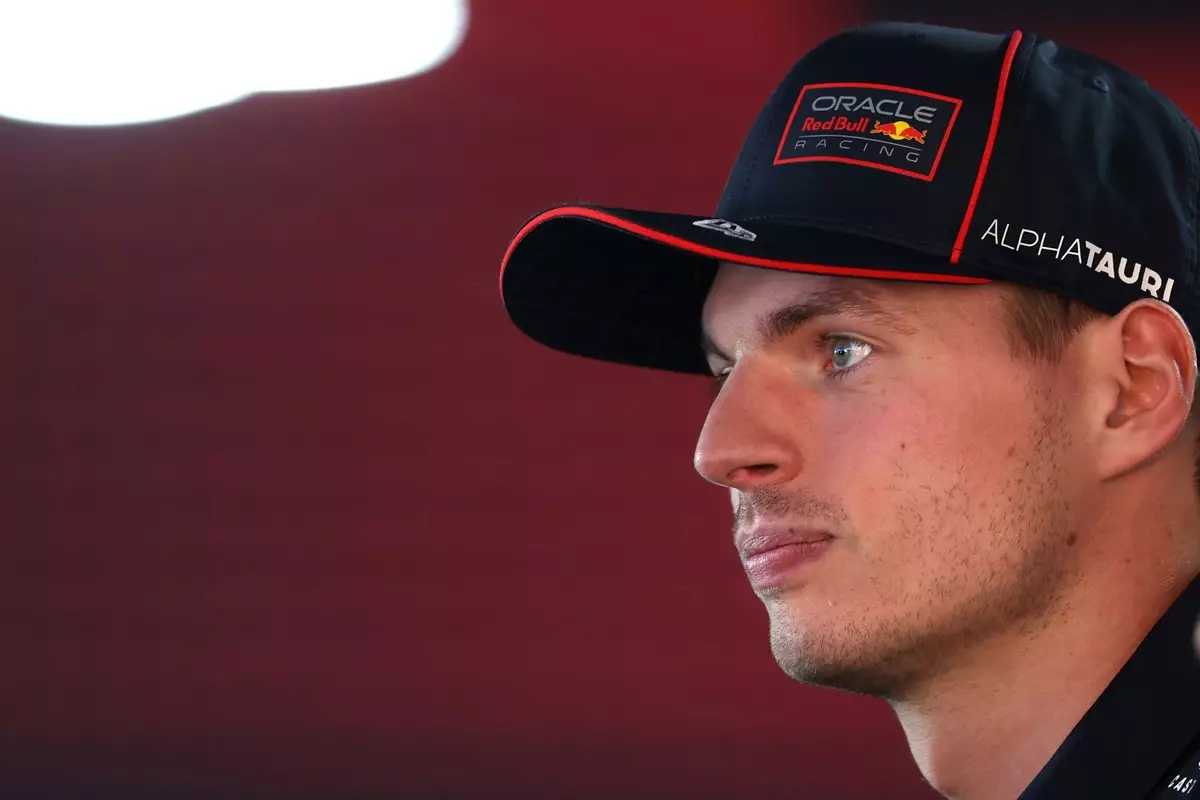In the high-stakes world of Formula 1 racing, teams constantly maneuver to secure an edge over their competitors. However, as Max Verstappen of Red Bull recently articulated, this season presents unique challenges that underscore the critical need for continuous improvement. The recent Miami Grand Prix demonstrated a glaring disparity in race pace as Verstappen finished a staggering 40 seconds behind McLaren’s Oscar Piastri, who claimed the victory. Initially, Verstappen showcased his prowess by clinching pole position, but the race revealed the formidable challenge Red Bull faces in matching McLaren’s race pace—a reality that has ignited concerns within the Red Bull camp.
The Complexity of Upgrades
As the season progresses, teams are rolling out upgrades to their cars, with Red Bull preparing to implement significant enhancements to the RB25. Despite these developments, Verstappen’s candid remarks reveal a level of realism that’s refreshing in the cutthroat environment of F1. He noted that while upgrades can result in minor improvements, the expectation of dramatically closing the performance gap with McLaren is unrealistic in the short term. His statement is reflective of the intricate and sometimes unpredictable nature of F1 racing, where even the most meticulously planned upgrades may not yield immediate or significant results.
While Red Bull looks forward to the upcoming changes, including a new floor for Verstappen’s car, speculation surrounds the overall impact these modifications will have. Upgrade initiatives, while necessary, can be a double-edged sword; they often come with a learning curve that may take time to overcome. The question looms—will these changes allow Red Bull to confront the race pace issues head-on, or will they merely serve as a temporary fix to a much deeper problem?
The Woking Effect: McLaren’s Dominance
McLaren’s recent performances have illuminated a critical aspect of race strategy: tire management. Red Bull’s struggle to understand why McLaren exhibits superior rear tire performance in high degradation scenarios is troubling. Verstappen admitted that until Red Bull deciphers McLaren’s approach to tire management, the gap will likely persist. This acknowledgment signifies a strategic pivot, underscoring the importance of adaptability and intelligence in race engineering.
As teams prepare for the forthcoming races, including the Barcelona Grand Prix, the pressure intensifies. It is not simply about speed; it is about optimizing every component and variable. Pirelli’s choice to bring softer tires to Imola may complicate matters for Red Bull, reinforcing the need for an agile response to track-specific challenges. Tire performance can make or break a race; it’s a lesson that Red Bull must learn quickly.
The Shift in Regulations
The introduction of a stricter technical directive regarding flexing front wings adds yet another layer of complexity to an already competitive landscape. As teams scramble to adhere to the new regulations while also maximizing performance, one must question the balance between innovation and compliance. McLaren, who has reportedly capitalized on the previous regulations, may find their competitive edge slightly softened, but such measures might not equate to a monumental shift in the race dynamics.
Verstappen’s commentary on the forthcoming technical directive reflects a critical outlook—he is cautious not to overestimate its impact. The gap existing as of now is not something that can be bridged solely by regulatory changes; rather, it requires a paradigm shift in how Red Bull approaches its engineering and race strategies. The underlying message is clear: evolving as a team is essential, but understanding the intricacies of competition is equally paramount.
A Call for Introspection and Drive
As the season unfolds, Red Bull finds itself at a crossroads. The challenges posed by a fierce competitor like McLaren are undeniable, and the team must engage in sincere introspection to identify its weaknesses. Enhancements are essential, but so is the understanding that without a solid foundation—rooted in data analysis, tire management, and responsive design—those upgrades may fall short of expectations.
The current narrative within Red Bull is a rare glimpse into the trials faced by even the most successful teams. It’s a powerful testament to the relentless pursuit of excellence in the unforgiving realm of Formula 1, where every detail counts and the margin for error is razor-thin. As Verstappen and the Red Bull team navigate these tumultuous waters, the question remains: will they rise to the challenge, or will they fall further behind in an effort to retain their championship status? The journey ahead promises to be thrilling and fraught with uncertainty.

